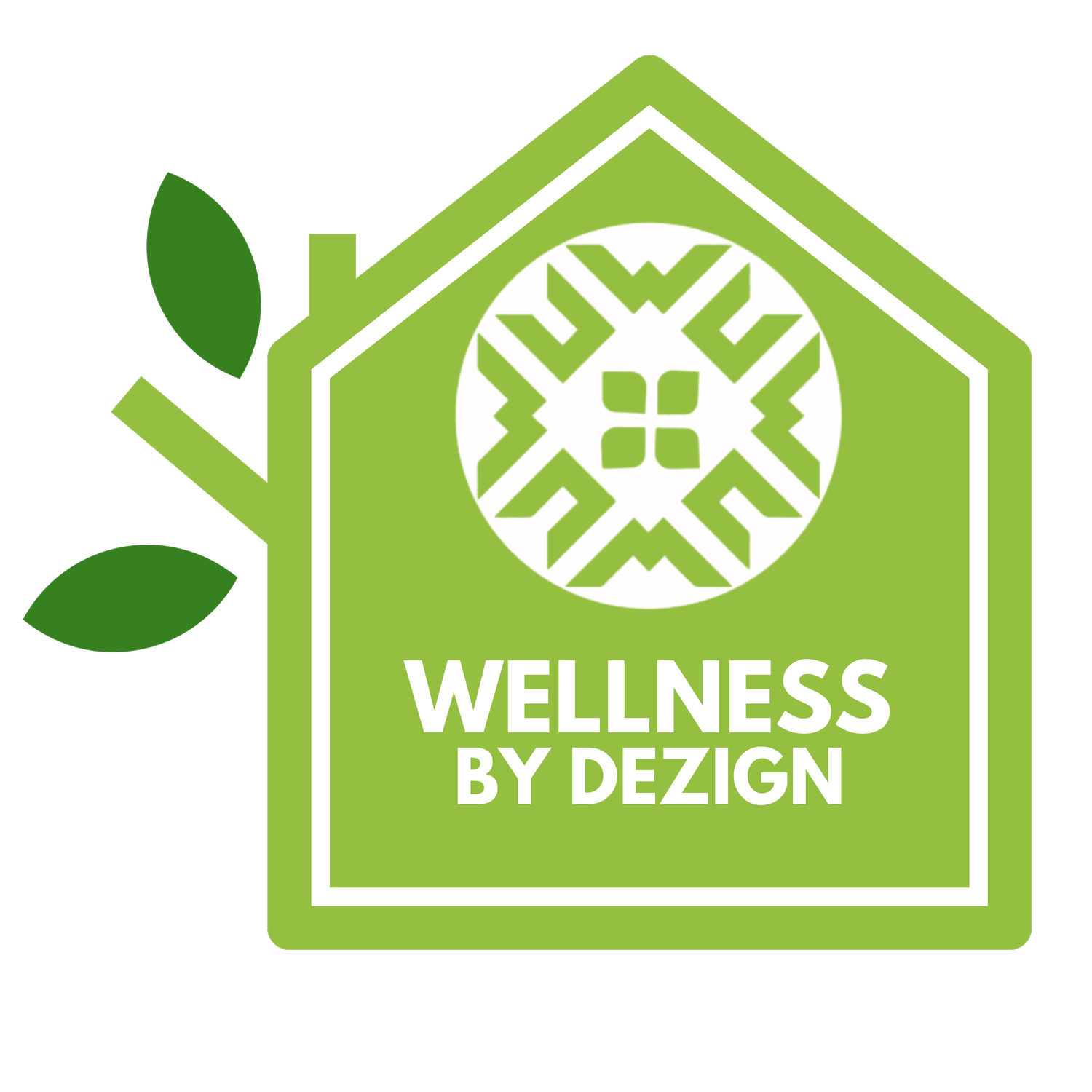‘Forever Chemicals’ in Performance Fabrics - are they dangerous to human health?
PFAS are the most persistent synthetic chemicals to date, they hardly degrade in the natural environment and have been found in the blood and breastmilk of people and wildlife all round the world.
We are exposed to PFAS via some of the products we use every day, as well as via environmental routes such as drinking water and certain food. Because it is extremely challenging for water treatment plants to remove PFAS from water, contamination of drinking water with PFAS is a rising issue.
“The thousands of chemicals in the group known as perfluoroalkyl and polyfluoroalkyl substances, or PFAS and PFOS, are found in cookware, packaging, cosmetics, clothing, fabric, carpet, electronics, firefighting foam, and many other products. Hazardous PFAS chemicals also contaminate the drinking water of up to 110 million Americans and are in the blood of nearly every American. PFAS chemicals pollute water, do not break down, and remain in the environment and people for decades. Some scientists call them “forever chemicals.”
Studies have linked PFAS chemicals to:
• Testicular, kidney, liver and pancreatic cancer
• Weakened childhood immunity
• Low birth weight
• Endocrine disruption
• Increased cholesterol
• Weight gain in children and dieting adults”
PFAS in Performance (or water and stain repellant) Fabrics
Upholsterers, designers, and architects are being asked more and more to understand the underlying chemistry of the materials they are specifying, AND to question its safety. What can we do to protect human health from the onslaught of ‘forever chemicals’ in our products, specifically in performance fabrics?
Professional workrooms and designers have access to a wide range of “performance fabrics” in a variety of colors, textures, and patterns. Most commercial end-users, such as restaurants, hotels, and hospitals, have come to regard performance fabrics as essential, because of their ability to stand up to hard use, while repelling dirt, liquids, cleaning chemicals, and pathogens. These chemicals work as stain repellents due to the extremely strong bond between carbon & fluorine, which does not break. It is the strongest chemical bond in the periodic table.
Homeowners often seek fabrics that will hold up to the everyday activities of children & pets. It’s understandable. Reupholstery is expensive and most consumers discard older furniture and purchase newer pieces because it is convenient. This is not sustainable, nor is it the safer alternative. (New furniture contains a higher concentration of chemicals, like formaldehyde (glue) and some types of flame retardants (foam), and these chemicals off-gas especially in the product’s infancy when brought into the home, or even years later when the materials break down). In addition, the new sofa is covered with a performance-based fabric containing PFAS.
Another source of PFAS is the spray-on stain and water repellents such as StainGuard and FabricGuard. These products are extremely toxic to humans and animals. These chemicals are slowly being banned but are being replaced by other questionable chemicals that could also be dangerous. Unfortunately we do not know yet the long-term effects of these replacement chemicals to humans or the environment.
How do stain repellants work?
When used as fabric treatments, stain repellants reduce the surface tension on the textile so that liquids and oils bead up rather than spreading out and soaking through the fibers. Dirt and oils sit on the surface, where they can be easily wiped away. Maintenance requires fewer cleaning chemicals, and the fabric lasts longer, saving resources.
Performance fabrics are expected to hold up to hard use, and longevity is an important consideration for commercial decision-makers watching their bottom line by minimizing reupholstery costs. Aside from financial considerations, there are valid ‘green’ arguments for anything that prolongs the life of the furniture and reduces the necessity for cleaning chemicals, or worse – discarding the furniture in a landfill.
PFAS and PFOS are found in a vast variety of products, from fast food packaging to non-stick cook wear, to personal care products like makeup. Also, anything that repels water contains PFAS, like camping equipment. PFAS never break-down, never disappear and are found in 99% of humans and wildlife across the globe.
Safe vs. Sustainable
Today, Architects, Designers and homeowners rarely consider the safety of a fabric when making design decisions. Rather, they may choose a fabric that is “green” or sustainable if it meets certain criteria through a voluntary EPD Label (Environmental Product Declaration) or the Living Future’s Declare Label or Europe and the UK’s REACH Regulation on the use of chemicals in products. Thankfully, the state of California has Proposition 65, and now the state of Maryland has recently enacted laws labeling products that contain toxic chemicals and banning ‘forever chemicals’ in certain products.
California’s Proposition 65
California’s Proposition 65, or the Safe Drinking Water and Toxic Enforcement Act of 1986, requires businesses and manufacturers in the State to publish a list of chemicals known to cause cancer, birth defects or other reproductive harm, and requires businesses to inform Californians about exposures to such chemicals.. This list, which must be updated at least once a year, has grown to include approximately 900 chemicals since it was first published in 1987.
The list contains a wide range of naturally occurring and synthetic chemicals that include additives or ingredients in pesticides, common household products, food, drugs, dyes, or solvents. Listed chemicals may also be used in manufacturing and construction, or they may be byproducts of chemical processes, such as motor vehicle exhaust.
More recently, the Biden-Harris Administration’s commitment to tackle environmental injustice and improve public health has released a strategic roadmap through the U.S. Environmental Protection Agency (EPA) to protect people and communities from the health risks posed by certain PFAS, aka “forever chemicals.”
So, what are the long-term health and environmental impacts of PFAS or ‘forever chemicals?’ The time has come for every one of us – professional or homeowner to ask ourselves - is the convenience of stain repellent, water repellent fabric (or non-stick pans and other common household products for that matter) worth the harm to our bodies and to the environment?
More resources to find out about safe products and declarations without PFAS or Forever Chemicals
1. Environmental Working Group
2. Green Science Policy Institute
3. ChemSec
6. Declare





